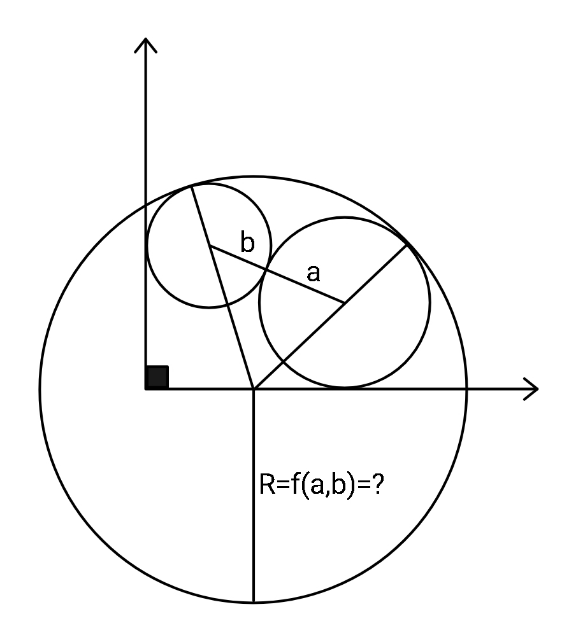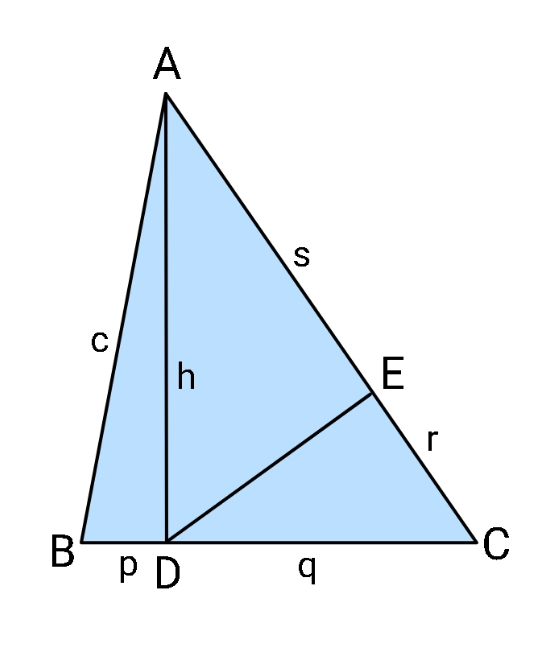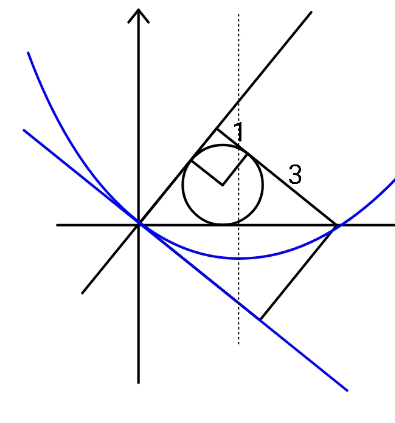
AllQuestion and Answers: Page 606
Question Number 158823 Answers: 0 Comments: 0

Question Number 158822 Answers: 1 Comments: 0
Question Number 158833 Answers: 1 Comments: 0
$${what}\:{is}\:\mathrm{1}\frac{\mathrm{1}}{\mathrm{2}}\% \\ $$
Question Number 158829 Answers: 1 Comments: 2
Question Number 158827 Answers: 1 Comments: 0
$${resolve}\:\int\mathrm{ln}\:\left(\mathrm{cos}\:{x}\right){dx} \\ $$
Question Number 158816 Answers: 0 Comments: 0
Question Number 158814 Answers: 2 Comments: 0
Question Number 158813 Answers: 0 Comments: 0
Question Number 158812 Answers: 0 Comments: 0

Question Number 158805 Answers: 0 Comments: 0
Question Number 158803 Answers: 1 Comments: 1

Question Number 158794 Answers: 2 Comments: 0
Question Number 158774 Answers: 1 Comments: 0

Question Number 158775 Answers: 1 Comments: 0
Question Number 158768 Answers: 1 Comments: 0
$$ \\ $$$$\mathrm{evaluate} \\ $$$$\int\mathrm{2x}\sqrt{\mathrm{4x}−\mathrm{5}}\:\mathrm{dx} \\ $$
Question Number 158761 Answers: 0 Comments: 0

Question Number 158760 Answers: 1 Comments: 2
Question Number 158759 Answers: 1 Comments: 0
Question Number 158751 Answers: 0 Comments: 0
Question Number 158749 Answers: 2 Comments: 1

Question Number 158742 Answers: 1 Comments: 1

Question Number 158740 Answers: 1 Comments: 1

Question Number 158735 Answers: 0 Comments: 2

Question Number 158731 Answers: 0 Comments: 0

Question Number 158708 Answers: 2 Comments: 1

Question Number 158707 Answers: 0 Comments: 0

Pg 601 Pg 602 Pg 603 Pg 604 Pg 605 Pg 606 Pg 607 Pg 608 Pg 609 Pg 610
